Fire DefinitionFire is the chemical process that is exothermic of combustion (the interaction of the compounds with oxygen) in which a substance is rapidly oxidized, producing heat, light, and different reaction products. Flames are created at a specific stage of the burning process, known as the starting point. The part of the fire that is visible and it is the blaze. Carbon dioxide, water vapor, oxygen, and nitrogen comprise most of a flame. The flame's hue and the fire's strength will vary based on the materials burning and any outside impurities. Fire characteristics influence the effectiveness of prescribed burns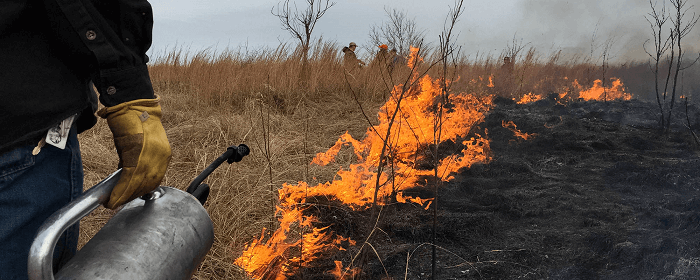
Fire has several characteristics that affect how it affects things. Remember that factors such as temperature, terrain, and fuel can influence the elements of a fire. The characteristics of prescribed fire are those that have flaming effects but also have some influence on plant populations. The following are fire features: flame height, strength, season, regularity, flame angle, profundity, and scorch height. 1. Flame Height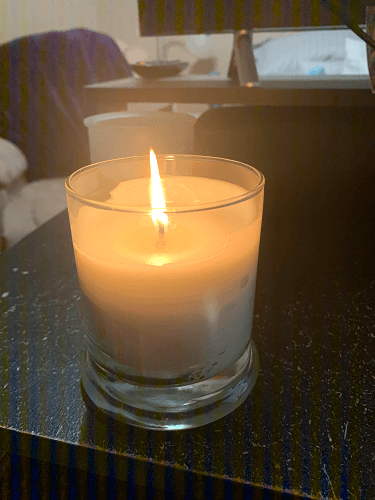
Generally, the flame height is calculated from the flame point to the earth. Vegetation height, fuel wetness, and breeze speed all affect flame height. 2. Season of Year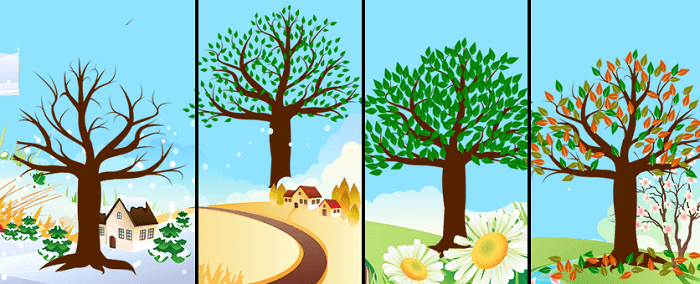
The effects of a burn vary depending on the season. Key factors include atmospheric temperatures and fuel moisture. Compared to analogous fuels in the growing season with greater moisture content, dormant season fuels typically have a lower moisture content, are simpler to ignite, and burn more efficiently. 3. Frequency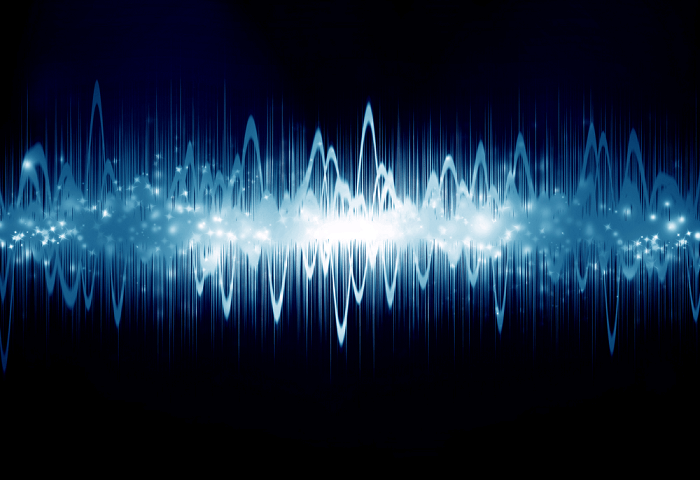
The time between fire incidents is known as the frequency. Plant reaction in connection to landscape objectives determines the frequency. The plant population is typically more affected by fire, particularly in favor of grasses and other herbaceous plants. 4. Fire Intensity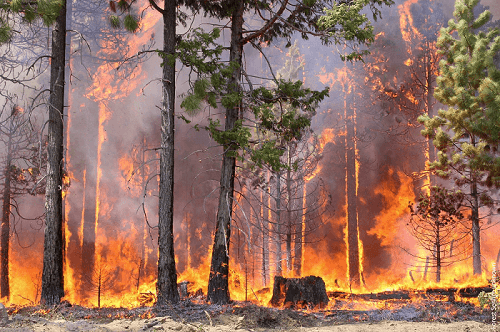
The amount of energy (heat) a fire produces while it flames is measured as its intensity. Temperature, wind speed, environment, and the quantity and moisture content of accessible vegetation for fuel all influence intensity. Fire style also impacts intensity; a backfire is typically less potent than a head fire. As the intensity rises, so does the capacity to contain a fire. 5. Flame Angle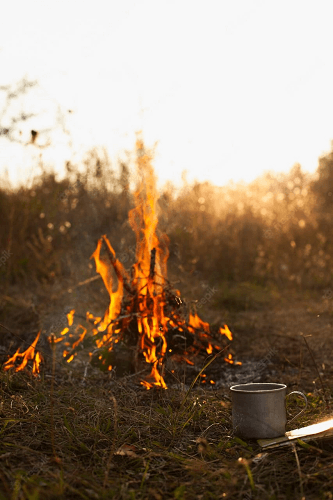
The angle of the flames on the ground in front of the fire is known as the flame angle. To speed up the ignition and spread of the fire, a flame with a direction of fewer than 90 degrees will dry out and warm up its surroundings before it ignites. The most significant influences on flame orientation are terrain and wind speed. 6. Flame Depth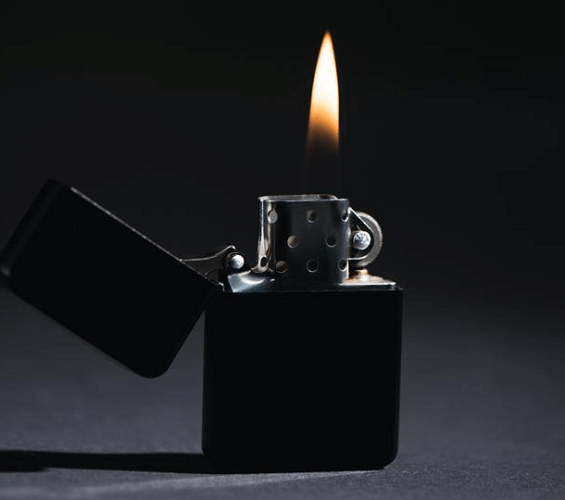
The size of the region that is constantly ablaze behind the fire front is known as the flame depth. Flame depth is crucial because the length of flame exposure and the heat generated over a specific region can affect how the plant reacts. Greater damage to plants may result from increased flame intensity. 7. Scorch Height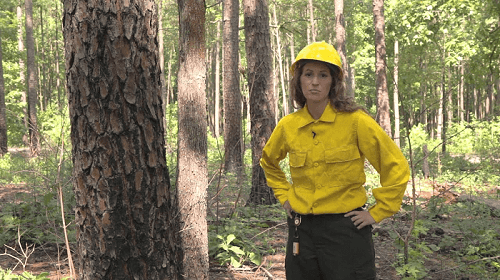
The height at which heat from a fire begins to brown vegetation on branches is known as scorch height. Flame height and intensity both affect scorch, with intensity having a greater effect than height. Scorching can eliminate the lowest part of the tree canopy, allowing sunshine to reach the ground and promoting the development of forage. Scorching also reduces a tree's capacity to use sunlight for photosynthetic purposes, harming its development capacity. The Six Fire Types and Classes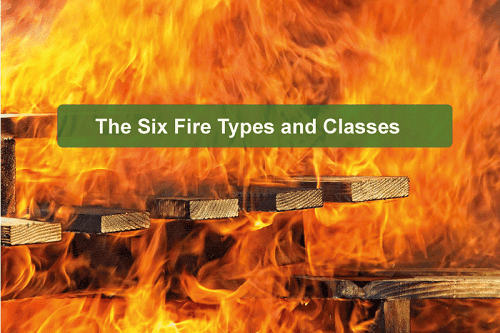
Every fire is different. Fires can present a variety of dangers and difficulties. The inappropriate fire extinguisher variety could cause more damage than good. There are six distinct types of fire, and each one needs to be handled to put it out properly. Fires can cause great damage. Individuals are burned, hurt, or killed, destroying tools and structures. By the sort of "fuel" that is on fire, there are six distinct classes of fire.
Various methods can be used to put out different types of fire depending on the dangers present. 1. A class (Solids)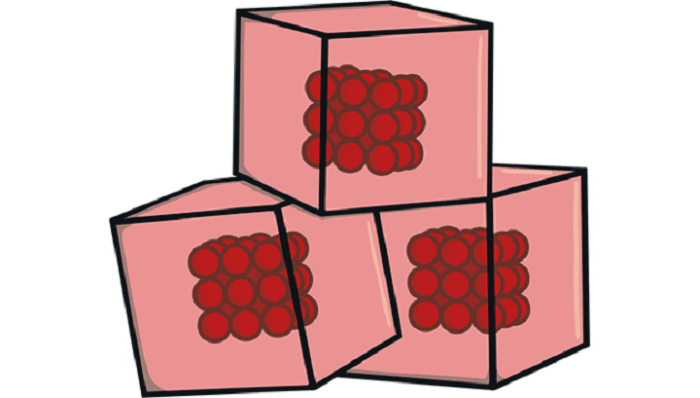
Flames containing solids are class A flames. Paper and cardboard, frequently found in factories and workplaces, could be used as this fuel. It might be home decor items or furnishings and equipment. Even the building's construction might be responsible for this. It is a Class A fire if any important substance is blazing, as you might anticipate in a "normal" fire. Because solid fuel is the most prevalent and difficult-to-eradicate form of fire, it is one of the most frequent kinds of fire. Risks should be decreased by minimizing things like packaging and trash. Using Water and foam, you can put out a Class A fire. Foam and water extinguishers are the finest for class-A flames. Most flames involving objects can be put out with water, making it the most common extinguisher. However, since it is a conductor, it must never be used close to electrical equipment. Extinguishers of power or liquid chemicals aren't always appropriate for Class A fire. 2. B Class (Liquids)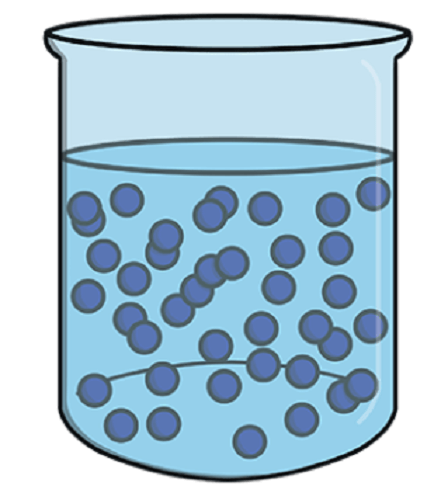
Liquid-related flames are class B fires. Numerous substances, liquids, and fluids used in workspaces have the potential to ignite or explode, for example, cleaning solutions, solvents, lubricants, inks, adhesives, and colors. This fire occurs more frequently in commercial environments because so many fuels exist. Class B flames are extremely uncommon but also the most dangerous fire. Using foam or powder, you can put out a Class B fire. Foam or powder extinguishers are the finest to attack a class B fire should one start. Additionally, CO2 canisters are only suitable. 3. Class C (Gases)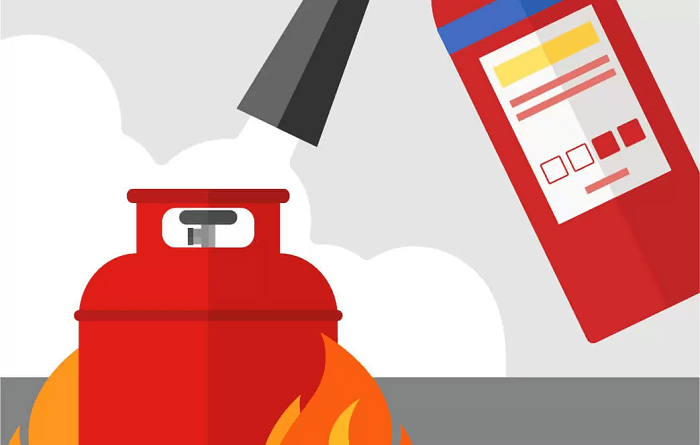
Gases are involved in the fire of class C. It could be a mixture of combustible or explosive gases, such as natural gas, LPG, or other gases. Gas work is hazardous and raises the chance of a fire. Maintain all gas storage in sealed receptacles securely, and only allow qualified individuals to handle any gas work. Using powder, you can put out a Class C fire. Class C fire extinguishing techniques Stop the flow of gas Powder Although Class C gas fires can be put out with extinguishers, cutting off the gas flow is the only protective way. Dry powder extinguishers best extinguish a fire after turning off the gas source. 4. Class D (Metals)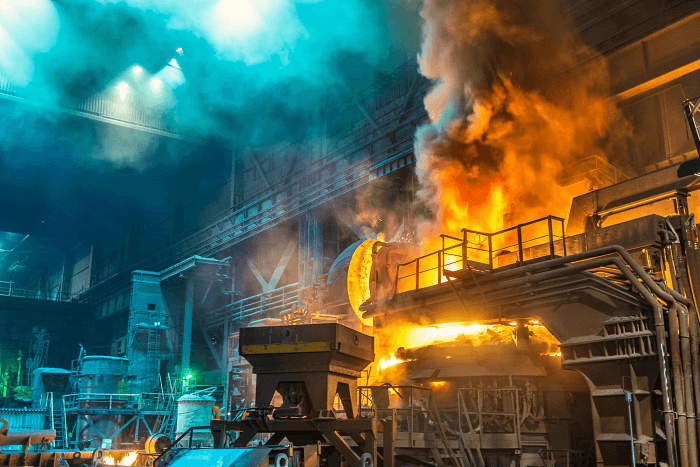
Metals aren't typically considered flammable substances, but some kinds of metal, like sodium, can. A fire can spread more easily because metals are excellent carriers. When exposed to high temps, all metals will soften and melt, which can collapse a structure with metal beams and columns serving as structural support. Also, avoid using the typical water sprinkler to put out a Class D fire because water can fuel the metal fire. Using powder, you can put out a Class D fire. A Class D fire Powder Metal flames can be put out with dry powder extinguishers. The extinguisher's powder composition may change depending on the metal danger it is intended for. Sand or dry soil can occasionally put out the small metal fire. 5. Class F (Cooking Fats & Oils)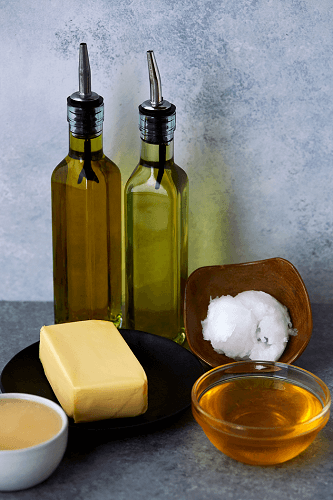
A Class F fire may be caused by deep-fat cooking and combustible oil spills close to heat sources in kitchens. Although it can occur in homes, deep-fat fryer-equipped business restaurants frequently experience this fire. Never use a frying pan or other meal preparation tools alone. Because of the heat generated by the oil, the fire is difficult to put out, and using the wrong kind of extinguisher could spread the burning oils and fatty substances. Using a wet chemical and fire blanket to put out a Class F fire. Wet chemical extinguishers are used only on cooking oils and fatty substances. A fire blanket may also be used for minor class F fires. 6. Electrical Fires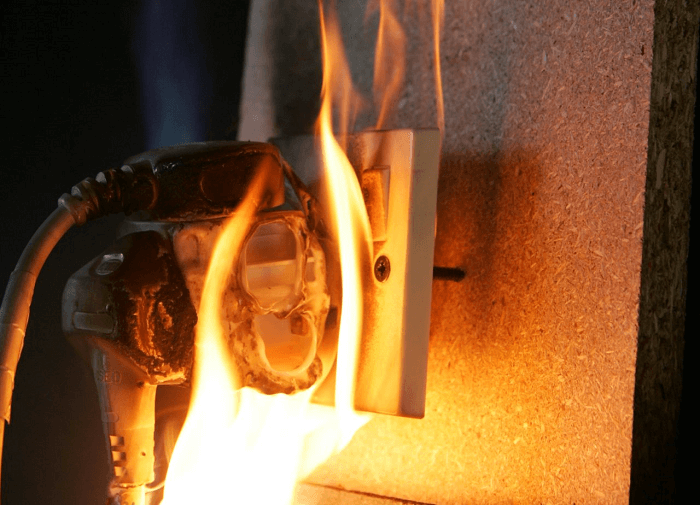
Electricity is more of a starting source than fuel, so this fire differs from the Class E category. Fires in live electrical devices, however, are a potential danger. This fire can be prevented by setting up, examining, and properly keeping electrical devices and systems. You don't want to use water or any other connection to extinguish this fire because you could get shocked. Using CO2, you can put out a Class D fire. CO2 is a good way to put out an electrical fire. The use of other kinds of fire extinguishers is permitted, even though water should not be used to put out an electrical fire. Carbon dioxide (CO2) fire extinguishers are the finest for electrical flames. Low-voltage conditions are appropriate for some dry powder extinguishers. When you can, always switch off the electricity.
Next TopicFocus Definition
|
 For Videos Join Our Youtube Channel: Join Now
For Videos Join Our Youtube Channel: Join Now
Feedback
- Send your Feedback to [email protected]
Help Others, Please Share










